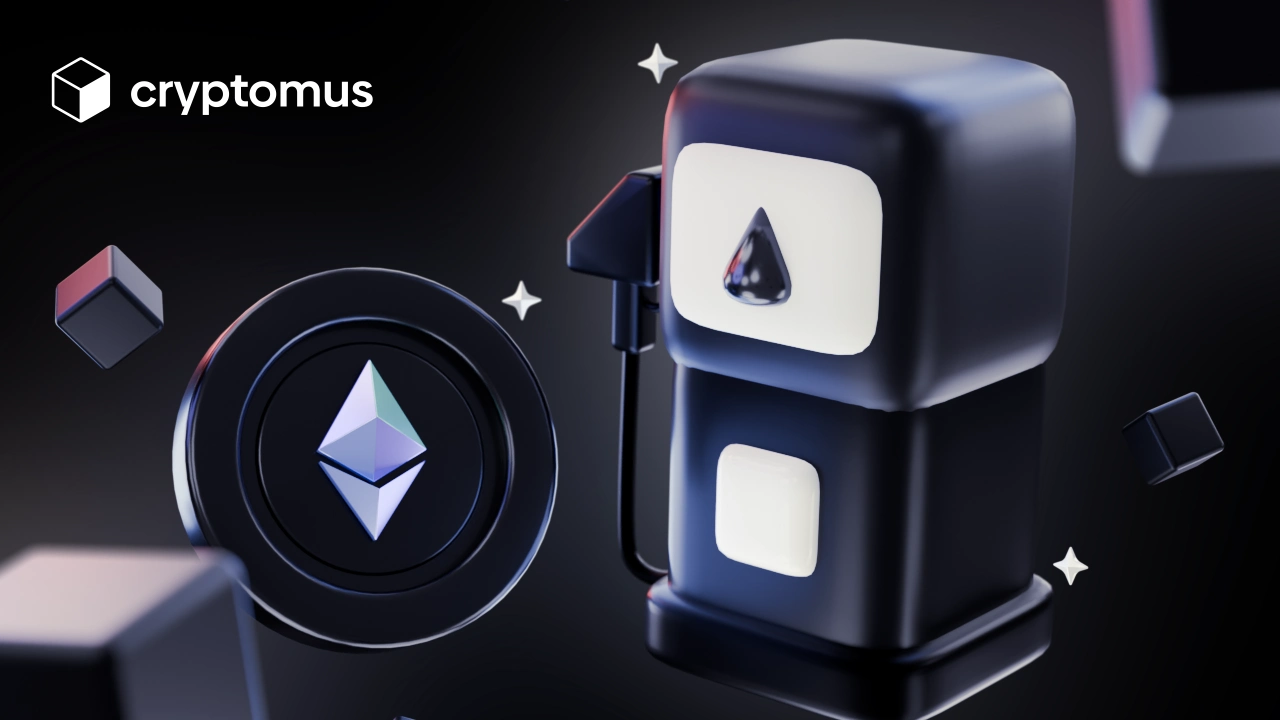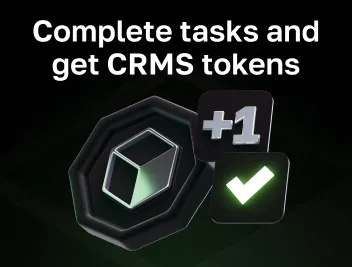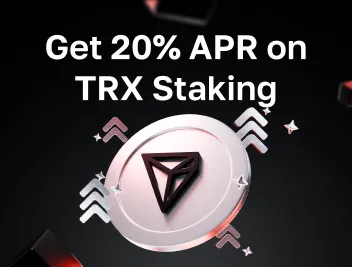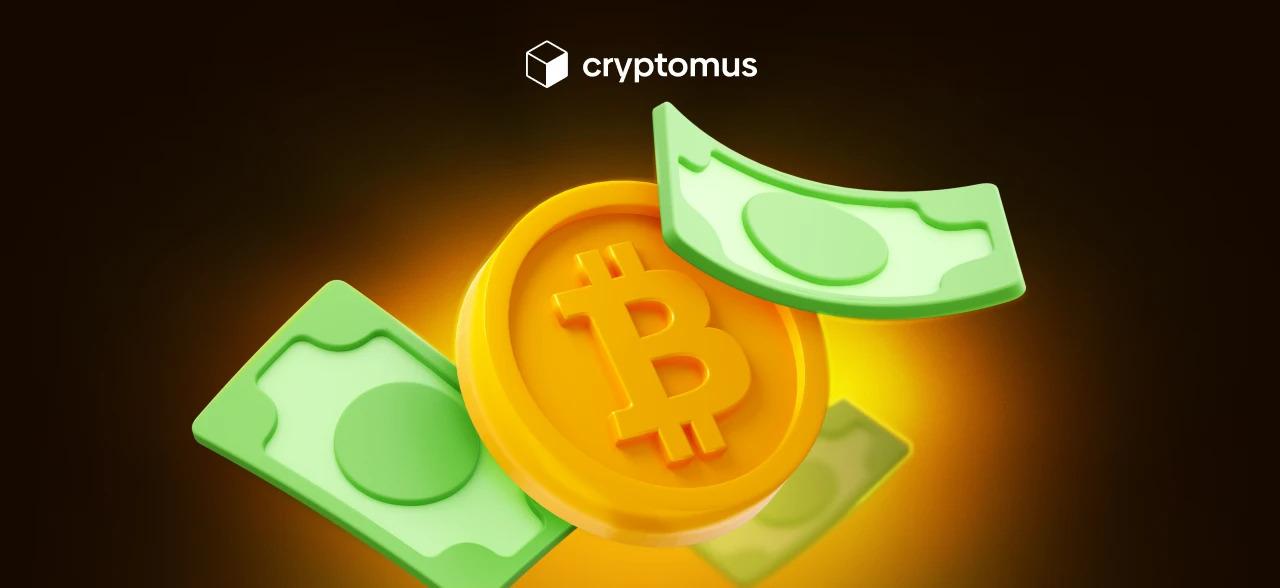
Why Are ETH Gas Fees So High
As Ethereum continues to gain popularity as a leading platform and network for decentralized applications and smart contracts, users often face the challenge of high gas fees. These costs can vary significantly based on network congestion, transaction complexity, and overall demand.
In this article, we’ll explore the intricacies of gas fees, how they are calculated, and provide practical tips on how to minimize these expenses, ensuring a smoother experience on the Ethereum network.
What Is A Gas Fee?
A gas fee is a cost incurred by users for processing transactions or executing smart contracts on the Ethereum blockchain. These fees compensate miners for their computational efforts in validating and confirming transactions. It’s important to understand gas fees because they can significantly impact the overall cost of using decentralized applications (dApps) or transferring assets like Ether (ETH). Even if you're transferring other ERC-20 tokens, such as USDT, you will still need ETH to cover the gas fees, as any transaction on the Ethereum network requires ETH for payment.
However, high gas fees are often cited as one of the significant drawbacks of the Ethereum network. During periods of high demand, users may face exorbitant transaction costs that can make participation in the ecosystem prohibitively expensive. This is particularly concerning for smaller transactions or users with limited budgets, as high fees can diminish the accessibility and attractiveness of using Ethereum.
Factors Affecting High Gas Fees
ETH gas fees are high due to several interconnected factors that reflect the network's demand and operational constraints. Here are the key reasons:
- Network Demand and Congestion: Ethereum's popularity has surged, with a growing number of users and decentralized applications (dApps) vying for network resources. When demand outstrips the network's capacity to process transactions, users must compete for limited block space, driving gas prices higher.
- Transaction Complexity: Different types of transactions require varying amounts of computational power. For example, simple ETH transfers need less gas than complex smart contract interactions. As more complex dApps gain traction, they increase overall gas usage, contributing to higher fees.
- Block Size Limitations: Each block in the Ethereum blockchain has a gas limit, which restricts the total amount of gas that can be spent on transactions within that block. When more users submit transactions than a block can accommodate, miners prioritize those with higher gas prices, leaving those willing to pay less waiting longer and facing increased fees.

How Is The Gas Fee Calculated?
The calculation of gas fees on the Ethereum network involves two primary components: gas limit and gas price. Together, these elements determine the total cost of processing a transaction. Here’s a detailed breakdown of how gas fees are calculated:
1. Gas limit is the maximum amount of gas a user is willing to spend on a particular transaction. It varies depending on the complexity of the transaction. A basic ETH transfer generally has a gas limit of about 21,000 units. Interacting with smart contracts or executing more complicated operations may require a significantly higher gas limit, which can range from several thousand to several million units of gas.
2. Gas price is the amount of Gwei (a subunit of Ether) that a user is willing to pay per unit of gas. The gas price fluctuates based on network demand and congestion. During times of high activity, gas prices may increase as users compete to have their transactions processed quickly.
3. The total gas fee for a transaction can be calculated using the formula:
Total Gas Fee=Gas Limit×Gas Price
For example, if a user sets a gas limit of 21,000 units for a simple ETH transfer and chooses a gas price of 100 Gwei, the calculation would be as follows:
Total Gas Fee=21,000 units×100 Gwei=2,100,000 Gwei
4. Converting Gwei to ETH: Since gas fees are often expressed in Gwei, users may want to convert this amount into Ether for a clearer understanding of the cost.
Total Gas Fee in ETH=2,100,000 Gwei×0.000000001=0.0021 ETH
The gas price is not fixed and can change rapidly based on network activity. Users can check real-time gas prices using various gas tracking tools to set their gas price competitively.
How To Avoid High Gas Fees?
Avoiding high gas fees on the Ethereum network is essential for users who want to minimize costs while engaging in transactions or interacting with decentralized applications (dApps). Here are several strategies to help you manage and reduce gas fees effectively:
- Choose Off-Peak Times: Monitor gas prices and transact during off-peak hours when network demand is lower, typically during weekends or late at night (UTC).
- Use Layer 2 Solutions: Consider Layer 2 scaling solutions like Polygon, Arbitrum, or Optimism, which significantly reduce transaction costs while maintaining compatibility with Ethereum dApps.
- Set Competitive Gas Prices: Utilize gas tracking tools to determine the optimal gas price for your transaction, allowing you to set a competitive but reasonable price to avoid overpaying.
- Bundle Transactions: Combine multiple transactions into one when possible, reducing overall gas fees by minimizing the number of separate transactions.
- Stay Updated on Gas Fee Trends: Keep track of gas fee trends through monitoring tools and forums to anticipate the best times to make transactions.
- Consider Alternative Blockchains: If Ethereum gas fees remain high, explore alternative blockchains like Binance Smart Chain or Solana, which offer lower transaction costs.
Understanding why ETH gas fees are high is crucial for anyone navigating the Ethereum network. Gas fees serve as a mechanism to compensate miners for their computational work, but various factors, such as increased demand, network congestion, and the complexity of transactions, contribute to elevated costs. However, by employing some strategies, users can effectively minimize fees and enhance their overall experience within the Ethereum ecosystem.
Thank you for engaging with this article. We hope it has provided valuable insights into the nature of the Ethereum gas fees and how to control them effectively!
Rate the article








comments
0
You must be logged in to post a comment